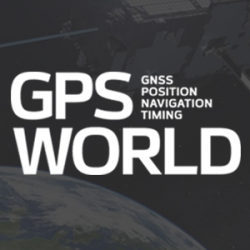
12 miles to life: Chesapeake Bay flight shows role for UAS in emergencies
October 21, 2016
The University of Maryland (UMD) Unmanned Aircraft Systems (UAS) Test Site, along with and Shore Regional Health, conducted […]
Read More

The University of Maryland (UMD) Unmanned Aircraft Systems (UAS) Test Site, along with and Shore Regional Health, conducted […]

The FCC ordered that within six years, the elusive z-axis, or altitude, be added to requirements and meet accuracy standards in cases when there is no dispatchable location.

From bioterrorism to natural disaster emergency management, predictive analytics used with geospatial tools and Big Data is proving to be a powerful new intelligence tool that may help counter global threats.
Many of us have been searching for fast, easy and cheap ways to collect oblique imagery and video, and build 3D models. Remote GeoSystems has developed a system that may address some of those needs at a reasonable price.
The SWE standards, now in version 2.0, have been adopted worldwide supporting scientists, emergency responders and the military. Although SWE opened the door to geospatial integration, much work still remains to clear the path for use of geospatial-capable devices via the Internet.

Early this year, I wrote a short column about what3words, one of the exhibitors at the Esri Federal GIS Conference. Since […]

When I was the GIS manager of the Atlanta Regional Commission, the most rewarding and important work we […]
Follow Us